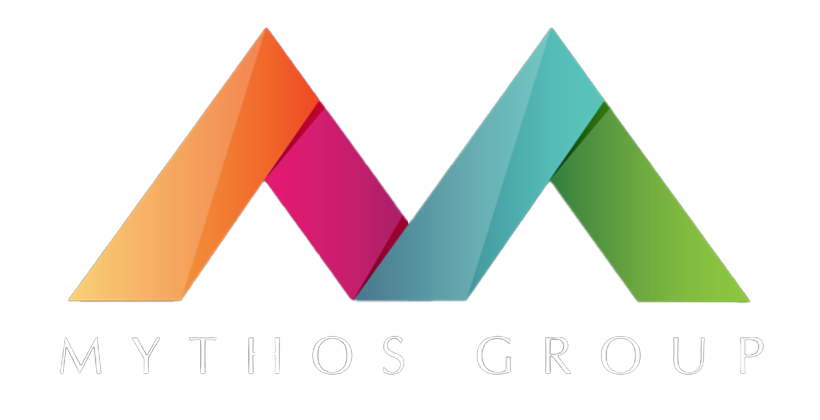In a fast-changing world, it’s important to stay current on the trends and technologies that affect your business. That’s why we’ve created a library of valuable resources to keep you up to date and in the know.


Mythos Group Insights
Articles















E-Books

Interviews


Presentations




